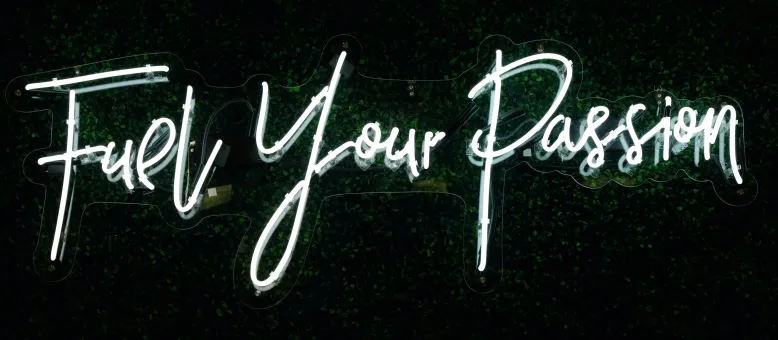The Engineer term and its cascading mess

Here's the description of a job I was offered recently:
SDETs: Typescript / Cypress.io, JMeter (performance testing), Selenium. Used to working as automation engineers in stride with development.
Problem with that? Contrary to the U.S., the Engineer term is strictly regulated in Canada. If you call yourself an engineer, you risk fine and injunctions.



